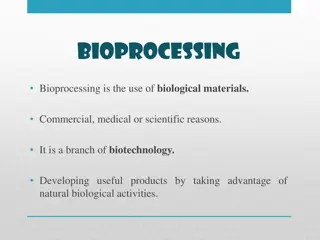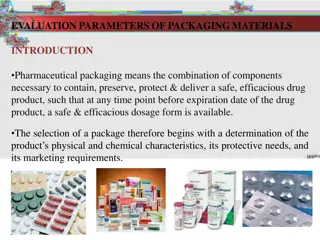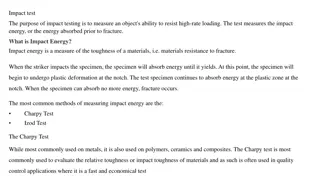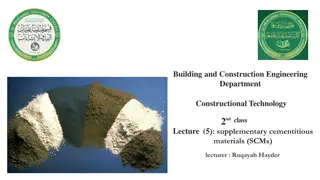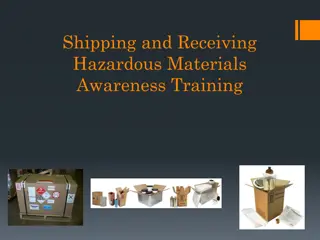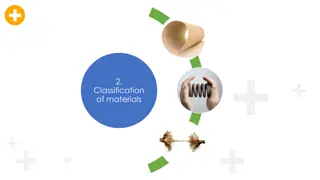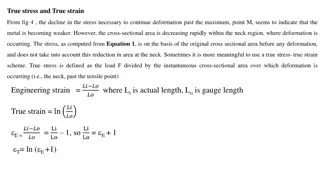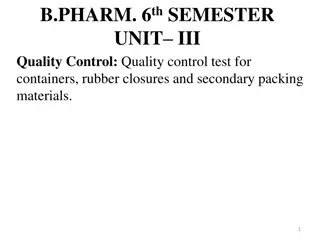Understanding Biodegradable and Non-Biodegradable Materials
Biodegradable items are made of natural materials that break down easily, contributing positively to the environment. Examples include paper, wood, and food scraps. On the other hand, non-biodegradable items, made of synthetic materials, do not break down easily and can be toxic, leading to pollution. Examples are plastic, tires, and Styrofoam.
Download Presentation

Please find below an Image/Link to download the presentation.
The content on the website is provided AS IS for your information and personal use only. It may not be sold, licensed, or shared on other websites without obtaining consent from the author. Download presentation by click this link. If you encounter any issues during the download, it is possible that the publisher has removed the file from their server.
E N D
Presentation Transcript
To Biodegrade or To Not Biodegrade
Do we know another word that could be used to describe if an object can or cannot break down?
Made up of natural materials As materials are broken down, they turn into smaller, non-toxic parts. Features of Biodegradable Items Natural materials can be broken down quickly by decomposers, animals and plants. Examples: Paper, wood, food scraps can break down to turn into healthy soil
Non- Biodegradable
Made up of man-made, synthetic materials Features of Non- Biodegradable Items Materials cannot be broken down by decomposers, plants or animals. They can be toxic and are a source of pollution. Examples: Plastic, tires, aluminum cans, glass, metals, Styrofoam, etc.


